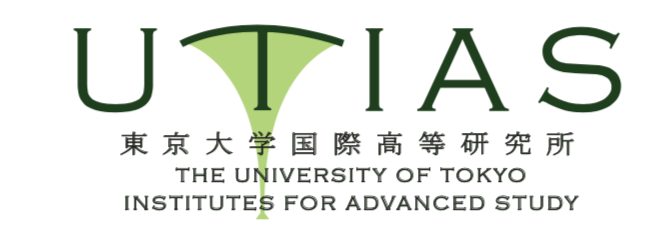Tokyo, Japan - There are many factors that contribute to infant language development, not least of which is baby talk—the modified speech mothers and other adults often use when speaking to infants.
Baby talk is more formally referred to as infant-directed speech (IDS) and often differs from adult-directed speech (ADS) in both pitch and vocabulary. One component of IDS that remains controversial, however, is the exaggeration or hyperarticulation of vowel sounds. Some experts contend that vowel exaggeration produces clearer speech sounds that are easier for infants to process, but studies conflict on whether or not vowel hyperarticulation is actually present in IDS.
A group of scientists from International Research Center for Neurointelligence (WPI-IRCN) at The University of Tokyo, the University of Amsterdam, PSL University and Aarhus University analyzed the existing research on vowel hyperarticulation in IDS to determine whether or not this specific type of speech exaggeration occurs in IDS.
The team published their research on 02-06-2025 in the journal Psychological Bulletin.

The x-axis represents the average value of each vowel on the first formant (F1, relates to how high or low the tongue is during the vowel production), the y-axis the same on the second formant (F2, relates to how forward or backward the tongue is in the mouth during vowel production). The larger vowel space triangle in IDS represents the exaggeration of vowels.
Before the meta-analysis, one group of studies suggested that adults particularly exaggerate the vowels “a”,“i” and “u” when speaking to infants, making vowels easier to perceive and potentially facilitating word learning. In contrast, other studies had not detected the consistent exaggeration of vowels in IDS, suggesting that baby talk may instead be a by-product of smiling or some other positive effect.
“[W]e decided to conduct [a] meta-analysis on all studies done on this topic to understand if vowel exaggeration is a feature of speech directed to babies, and if so, which factors lead to it and to the observed differences in existing research,” said Irena Lovčević, postdoctoral researcher at the International Research Center for Neurointelligence (WPI-IRCN) at The University of Tokyo and first author of the research paper.
The researchers performed meta-analyses on 20 IDS vowel hyperarticulation studies that used similar methodology and 35 studies that used any research method. Meta-analysis techniques combine the results of more than one similar research study to improve the statistical power of the results.
“Our meta-analysis confirms that mothers exaggerate vowels in speech directed to babies in at least 10 languages. However, our results also point to the diversity of methods used in the existing research. Hence, we want the readers, especially speech acquisition researchers, to carefully consider and document the methodological decisions in their research and avoid the generalization from one language to another or one method to another,” said Lovčević.
Overall, the team observed that IDS vowel hyperarticulation studies have lower sample sizes than would be expected for well-powered statistical analysis and recommend that study size be increased. The researchers also noted that differences in hyperarticulation across languages were difficult to detect due to smaller sample sizes for less represented languages and that more cross-linguistic and cross-cultural research is needed to be able to generalize language acquisition research findings. Additionally, the size of vowel hyperarticulation could also be influenced by the measurement scale (e.g., Hertz, Mel) used by the research team, illustrating how intimately methodology can influence experimental results and the ability to compare those results across studies.
After establishing the presence of vowel hyperarticulation in IDS, the research team has their sights set on learning more about other aspects of infant language development. “The next step is further examination of different factors influencing language development in babies, with special focus on modifiable factors from babies’ immediate environment, such as the amount of speech that babies are exposed to and the qualities of vocal caregiver-baby interactions. How babies learn to speak without so much effort is still a big puzzle, so my goal is to contribute to solving … this puzzle,” said Lovčević.
Titia Benders from the University of Amsterdam, Netherlands; Sho Tsuji from the International Research Center for Neurointelligence (WPI-IRCN) at The University of Tokyo Institutes for Advanced Studies in Japan and the Laboratoire de Sciences Cognitives et de Psycholinguistique, Département d′Études Cognitives, ENS, EHESS, CNRS at PSL University in France; and Riccardo Fusaroli from Department of Linguistics in the Cognitive Science and Semiotics and the Interacting Minds Centre at Aarhus University in Denmark also contributed to this research.
This work was supported by a MEXT World Premier International Research Center Initiative startup grant, JSPS KAKENHI Grant Number 20H05617 and 20H05919, and Seed funding from the Interacting Minds Center.
##
The article, “Acoustic Exaggeration of Vowels in Infant-Directed Speech: A Multi-Method Meta-Analytic Review”, was published in Psychological Bulletin at DOI: 10.1037/bul0000479.


